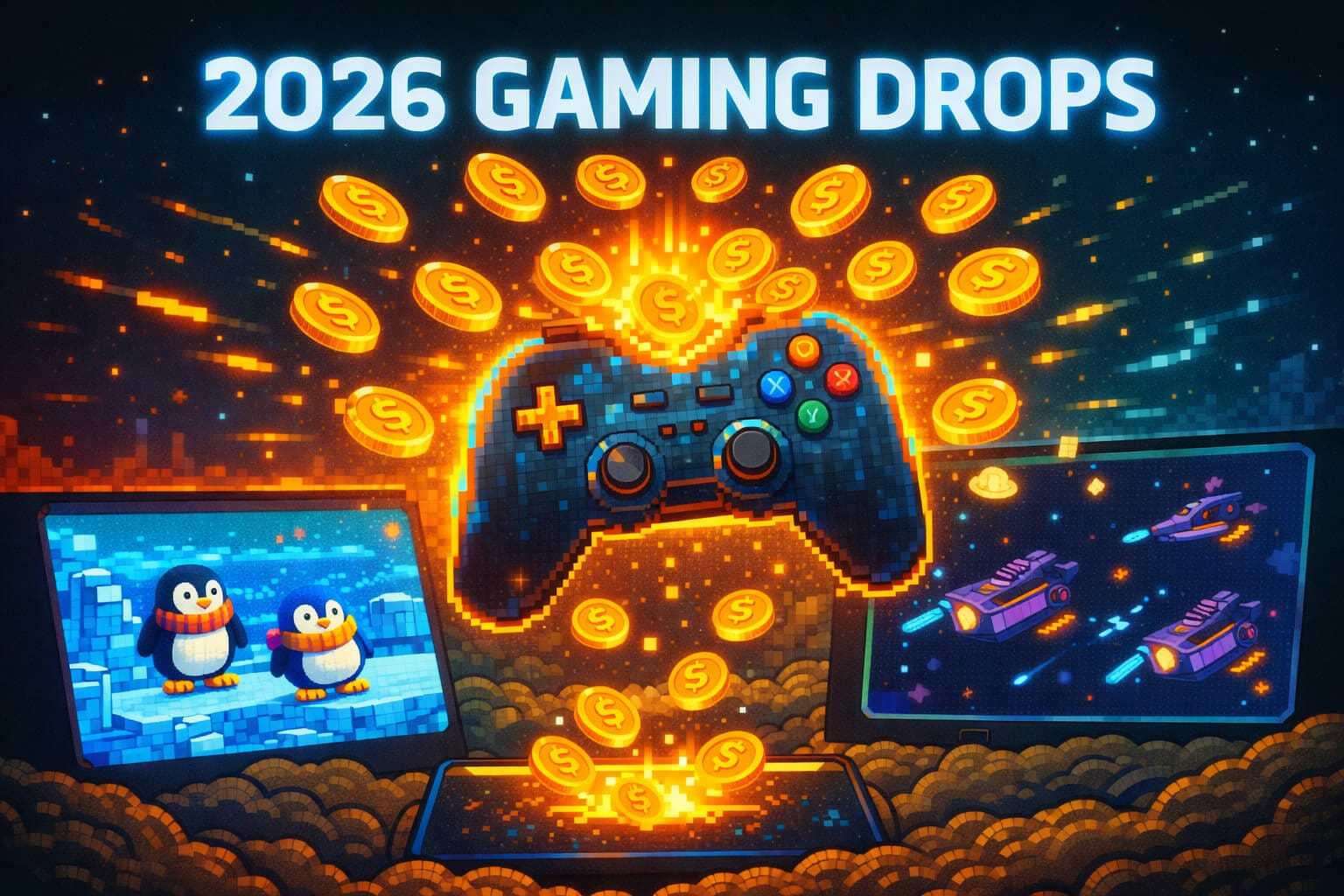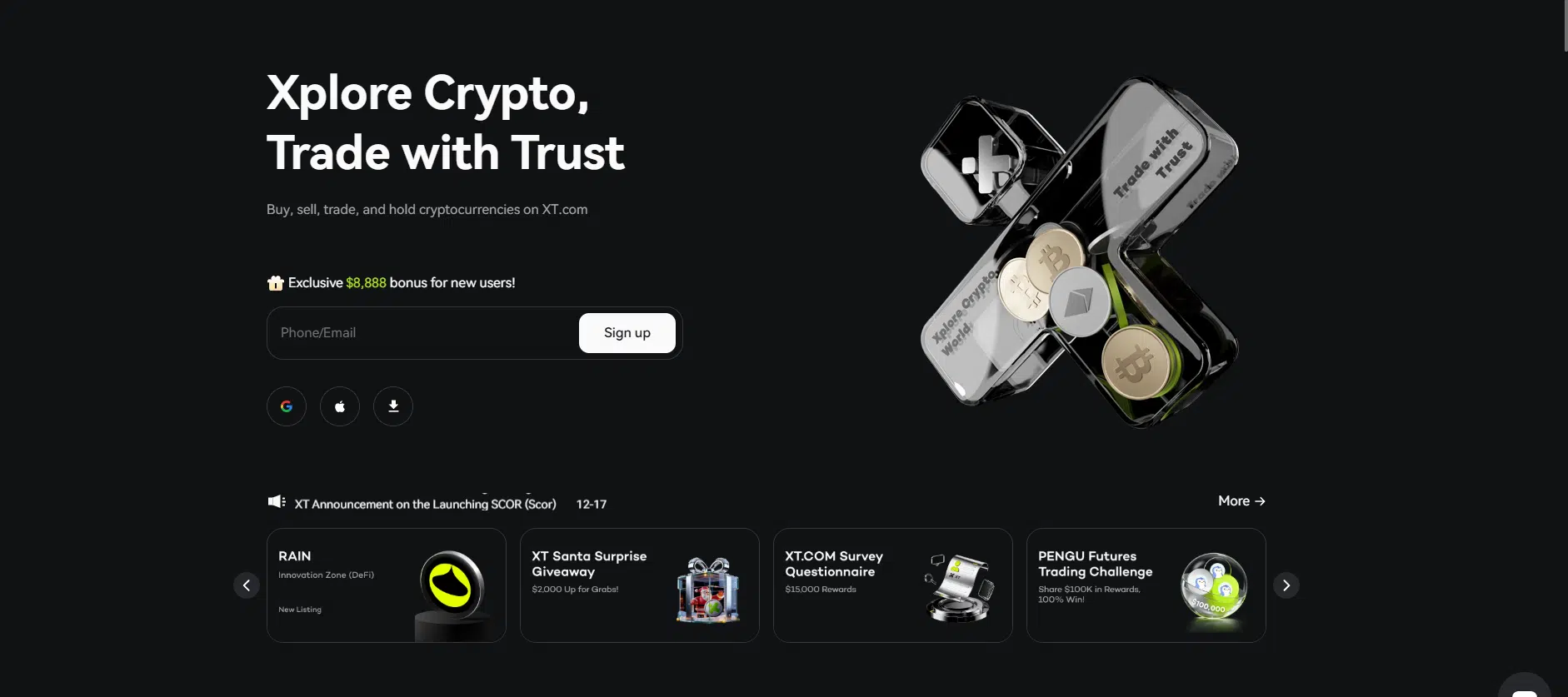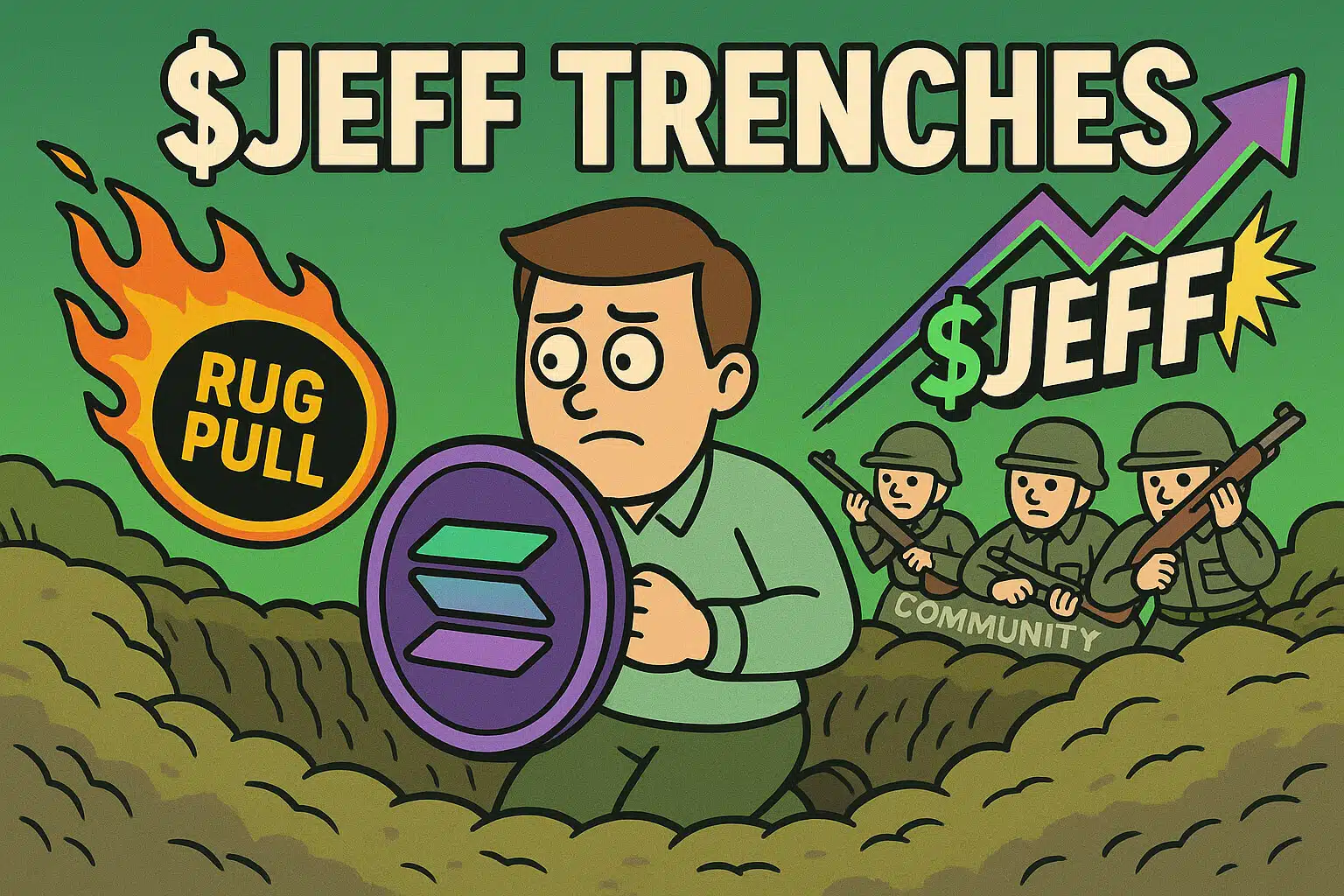1. Introduction: The Need for Cross-Chain Interoperability
Blockchain technology has revolutionized various industries by offering decentralized solutions that enhance transparency, security, and efficiency. However, the blockchain ecosystem remains fragmented, with numerous blockchains operating in isolation. This lack of interaction between different blockchains limits the technology’s full potential. Cross-chain interoperability emerges as the solution to this problem, enabling different blockchains to communicate and interact seamlessly. This article explores the importance of cross-chain interoperability, the challenges it addresses, and its role in creating a unified blockchain ecosystem.
Why Cross-Chain Interoperability Matters
As the number of blockchain networks grows, the need for these networks to interact becomes increasingly critical. Cross-chain interoperability allows assets, data, and information to flow freely between blockchains, unlocking new possibilities for decentralized applications (dApps) and enhancing the overall blockchain ecosystem.
2. What is Cross-Chain Interoperability?
Cross-chain interoperability refers to the ability of different blockchain networks to communicate, share data, and transfer assets between each other without intermediaries. It enables users to interact with multiple blockchains seamlessly, allowing decentralized applications to leverage the strengths of various networks. For instance, a dApp can use the security of Bitcoin, the smart contract functionality of Ethereum, and the scalability of Solana, all in one ecosystem.
- Key Characteristics of Cross-Chain Interoperability:
- Decentralized Communication: Cross-chain solutions facilitate direct communication between blockchains without relying on centralized intermediaries.
- Asset Transfer: Users can transfer assets like tokens or NFTs across different blockchains without needing to convert them into another currency or use a third party.
- Data Sharing: Cross-chain technology allows the sharing of data and information across different blockchains, enabling more complex and integrated decentralized applications.
3. Challenges in Achieving Cross-Chain Interoperability
While cross-chain interoperability offers significant advantages, achieving it is no small feat. Several challenges must be overcome to create a truly interoperable blockchain ecosystem.

3.1 Technical Complexity
One of the primary challenges of cross-chain interoperability is the technical complexity involved in making different blockchains communicate. Each blockchain has its architecture, consensus mechanism, and protocols, making integration a complex process.
- Example:
- Bitcoin uses Proof of Work (PoW), while Ethereum is transitioning to Proof of Stake (PoS). Bridging these two networks requires overcoming differences in how transactions are validated and how data is processed.
3.2 Security Risks
Interoperability between blockchains introduces additional security risks. The more blockchains interact, the greater the attack surface for potential vulnerabilities. Ensuring secure cross-chain communication is a significant challenge that developers must address.
- Example:
- If a vulnerability exists in one blockchain, it could potentially be exploited to attack other blockchains connected through a cross-chain solution.
3.3 Lack of Standardization
The blockchain industry lacks a standardized protocol for cross-chain communication. The absence of common standards makes it difficult for developers to create solutions that work seamlessly across different blockchains.
- Example:
- Different blockchains use various programming languages and consensus mechanisms, complicating the development of a universal cross-chain solution.
4. Solutions and Approaches to Cross-Chain Interoperability
Despite the challenges, several solutions and approaches are emerging to enable cross-chain interoperability. These solutions aim to bridge the gaps between different blockchains and create a more cohesive ecosystem.
4.1
Cross-chain bridges are one of the most common solutions for enabling interoperability between blockchains. These bridges act as connectors, allowing assets and data to move from one blockchain to another.
- Example:
- The Ethereum-Polygon bridge enables users to transfer assets between the Ethereum mainnet and the Polygon network, allowing them to take advantage of lower fees and faster transactions on Polygon.
4.2 Sidechains
Sidechains are separate blockchains that run parallel to a main chain, allowing for the transfer of assets and data between the two. They offer scalability and flexibility while maintaining a connection to the main blockchain.
- Example:
- The Liquid Network is a sidechain of Bitcoin that enables faster transactions and the issuance of digital assets, while still being anchored to the Bitcoin blockchain.
4.3 Interoperability Protocols
Interoperability protocols are designed to facilitate communication between different blockchains. These protocols establish a set of rules and standards that enable blockchains to interact seamlessly.
- Example:
- relay chain uses interoperability protocols to connect multiple blockchains (parachains) and allow them to share information and assets without compromising their unique features.
4.4 Atomic Swaps
Atomic swaps are smart contracts that enable the direct exchange of one cryptocurrency for another between different blockchains, without the need for an intermediary. This technology allows users to trade assets across blockchains in a trustless and decentralized manner.
- Example:
- A user can swap Bitcoin for Litecoin directly, using an atomic swap smart contract, without the need to go through a centralized exchange.
5. The Future of a Unified Blockchain Ecosystem
As cross-chain interoperability technologies continue to develop, the vision of a unified blockchain ecosystem becomes increasingly achievable. In a fully interoperable blockchain world, users will no longer need to choose between different blockchains. Instead, they will benefit from the strengths of multiple blockchains simultaneously, leading to more robust and versatile decentralized applications.
5.1 Enhanced dApp Functionality
With cross-chain interoperability, decentralized applications can leverage the best features of various blockchains. This could lead to more complex and powerful dApps that offer improved user experiences and greater functionality.
- Example:
- A decentralized finance (DeFi) app could use the liquidity of Ethereum, the speed of Solana, and the privacy features of Zcash, all within a single platform.
5.2 Increased Adoption and Innovation
As blockchains become more interconnected, the barriers to entry for new developers and users will decrease. This could drive greater adoption of blockchain technology and spur innovation across the ecosystem.
- Example:
- Startups and developers could build on multiple blockchains without needing to specialize in just one, leading to a more diverse and innovative blockchain landscape.
5.3 Greater Security and Stability
A unified blockchain ecosystem can also enhance security by spreading risk across multiple networks. If one blockchain faces an issue, others can provide stability and support, reducing the overall risk for users and applications.
Conclusion: The Path to a Unified Blockchain Ecosystem
Cross-chain interoperability is the key to unlocking the full potential of blockchain technology. By enabling different blockchains to communicate and interact, we can create a more unified and efficient blockchain ecosystem. While challenges remain, ongoing innovation in cross-chain solutions offers promising prospects for the future. As these technologies continue to mature, we can expect to see a more interconnected blockchain world, where users and developers can leverage the best aspects of multiple networks.
For more insights and detailed guides on blockchain interoperability and other blockchain technologies, explore our Blockchain Technology Guides section.
Stay Updated
For the latest updates on cross-chain interoperability and blockchain developments, follow us on:
Stay informed with the latest strategies and insights in the world of blockchain at FreeCoins24.io.
Special Offer
Ready to explore cross-chain technologies further? Sign up on Bybit today and take advantage of up to $30,000 in deposit bonuses. Start your journey with a trusted platform.

















